Website Design and Support
Beyond Websites We Build Brands.
Wp Pixelkeeps websites fast, secure, and hassle-free—with a dedicated support team around the clock.

Wp Pixelkeeps websites fast, secure, and hassle-free—with a dedicated support team around the clock.


Did you know that nearly half of Australian small businesses don’t have a website?
In an era where 95% of consumers research products and services online before making a decision, it’s a massive missed opportunity for small business owners across the country.
If you're reading this, you might not have a website, or perhaps you're a business owner ready for more growth and hitting bigger goals.
Either way, you're asking the right question - ‘How much will this cost me?’
You can build Do-it-yourself (DIY) websites for <$1,000, but most small businesses should expect to pay $3,000 to $7,000 for simple brochure websites, $5,000 to $25,000 for ecommerce websites, and $20,000 to $100,000+ for complex websites or custom applications.
Each of these options have different ongoing costs, and what's best for you will depend on the use case.
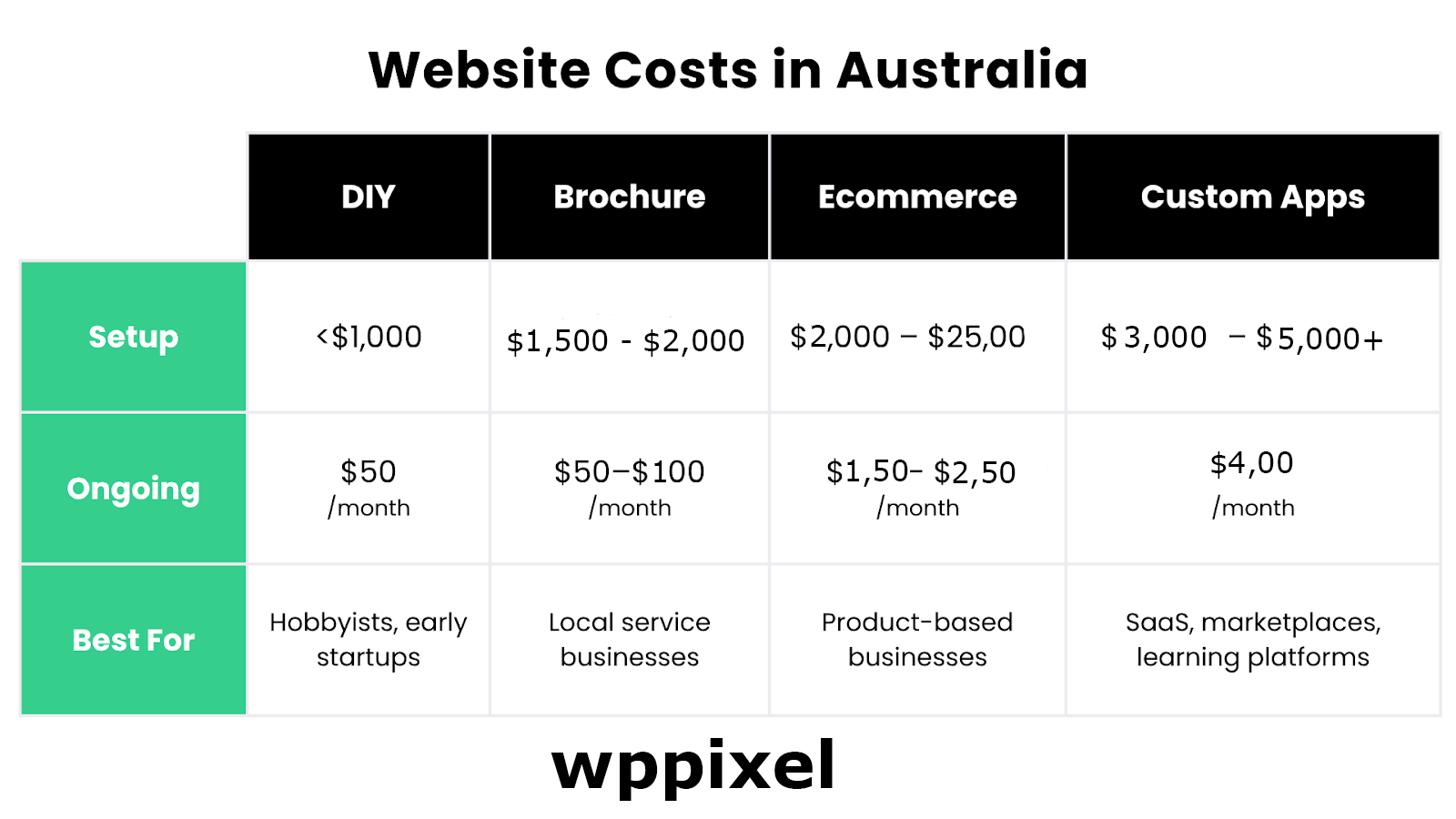
But here's what most guides won't tell you ….
The real question isn't just about the initial cost - it's about understanding:
This comprehensive guide will break down every aspect of website costs in Australia and give you everything you need to make an informed decision for your business.
Understanding website costs requires looking beyond the headline price to understand what components drive the investment.
Like professionals in your own industry, website development involves multiple inputs from specialised skills and processes, each stacking to the final cost.
These costs arise in one of the four stages of a new website build.
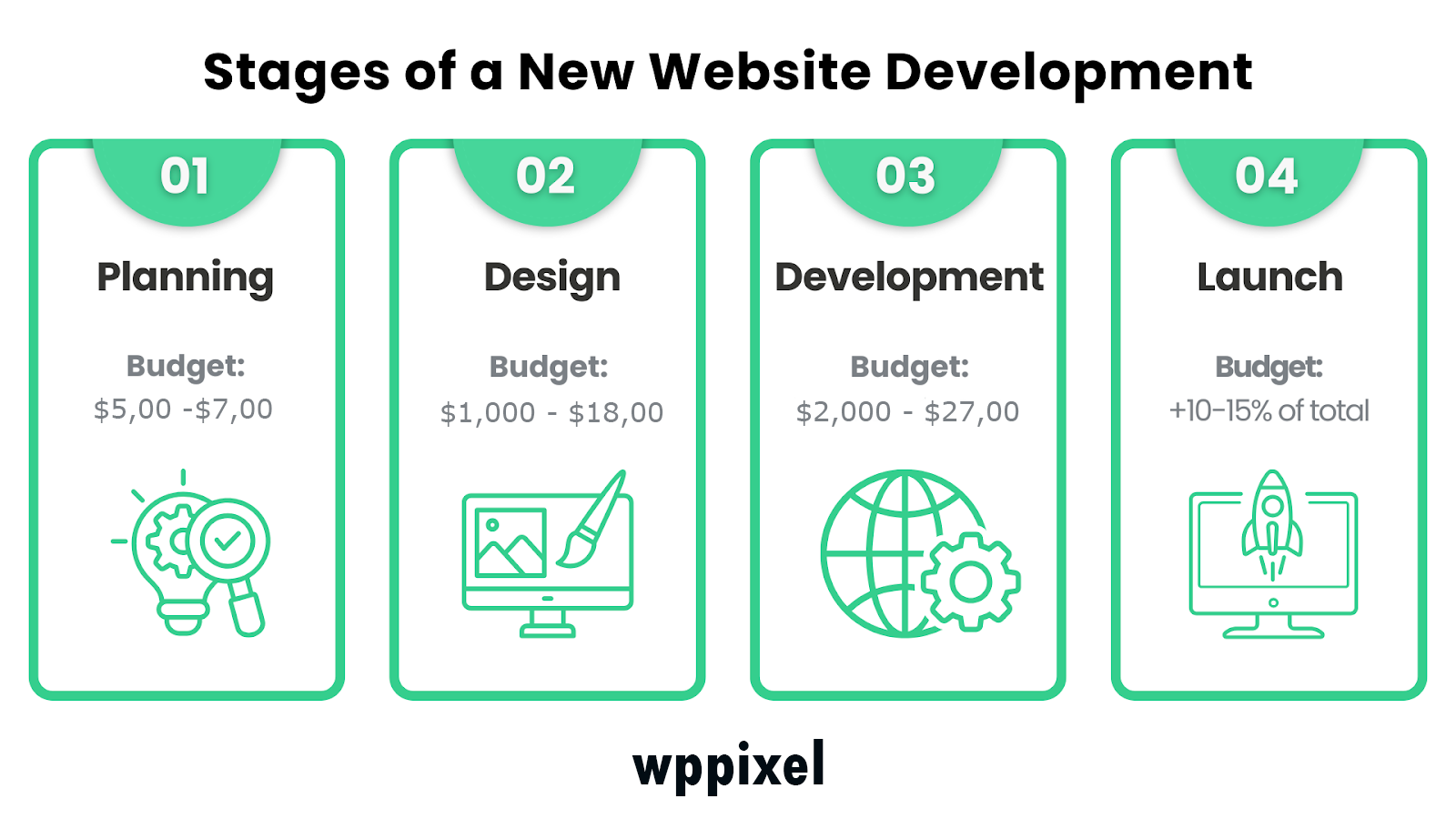
Every successful website begins with discovery and planning. This is often the most undervalued component by business owners and marketing leaders.
Website discovery typically represents 10-15% of the total project cost, but can save thousands of dollars in revisions and scope changes later (one of the biggest hidden costs).
Depending on the required quality level of the end website you want, this might be a casual conversation or a strategic analysis for the foundation of your entire digital presence.
During discovery, your website development partners will:
All of this drives the size and complexity of a website, which is one of the biggest cost factors.
For a typical small business website, this might involve 10 to 20 hours of strategic work, which at professional rates of $100 - $200 per hour, represents $1,000 - $4,000 of the total investment.
There are some big decisions to be made here on design, functionality and search engine optimisation (SEO), which we cover in depth later in The Key Factors That Drive Website Costs.
The design phase transforms the planning into a visual roadmap.
This is where user experience decisions are made that will directly impact the conversion rate of the website rates and overall online success.
A very important decision to make here is going with a template or custom designed website.
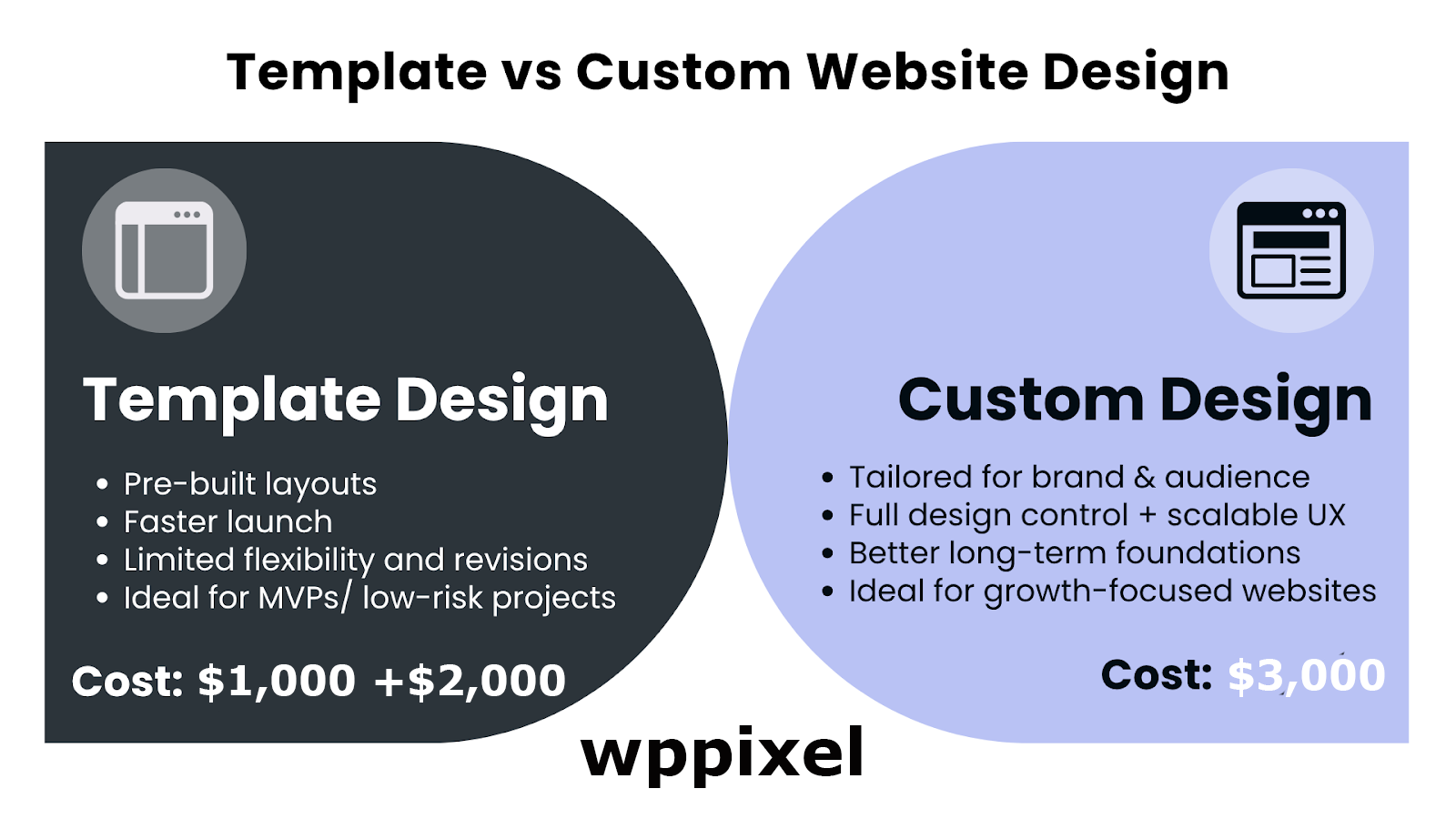
A template-based design offers a cost-effective starting point, typically adding $2,000 - $3,000 to project costs while custom design represents a significantly larger investment, typically $5,000 - $15,000 for small business websites, but delivers a unique visual identity that sets you apart from competitors.
We cover more about this decision in later in Design Approach and Customisation, but for now know that whichever path you choose, the design process will involve:

Professional designers will focus on conversion rate optimisation (CRO) , ensuring that every visual element guides visitors towards your desired actions (the Call-to-action or CTA), whether that's making a purchase, booking an appointment, or submitting an inquiry.
Businesses that skip or rush this phase often end up with websites that look professional but fail to achieve their business objectives (often ending up with painful Hidden Costs and Budget Busters which we’ll cover later).
Development transforms approved designs into functional websites.
This technical phase involves coding, setting up a content management system, and integrating with third-party services. Some of these will be Advanced Website Features and Functionality and are one of The Key Factors That Drive Website Costs.
Here is what to expect by website type.
For many small businesses, especially local service providers like doctors, plumbers and construction services, the best investment may be a simple brochure-style website.
Brochure websites typically include a homepage, service pages, and a contact form (maybe a blog or FAQ section too). The goal is to establish credibility, support customer inquiries, and provide essential business information without complex functionality.
One example is Challenger Law, a Sydney-based legal and tax advisory firm. They engaged WP PIXEL to relaunch their digital presence on a tight 14-day deadline.
WP PIXEL built a simple, fast, mobile-optimised brochure-style site that reinforced trust, clarified services, and supported local SEO.

Basic development for small business websites like these typically requires 30-40 hours of web development. At professional development rates of $100-200 per hour, this represents a total investment of $3,000 - $7,000.
eCommerce websites allow businesses to sell products or services directly to customers over the internet.
This brings the requirements for checkout functionality, payment flows and custom logic - however a lot of plugins like WooCommerce bring a lot of the basic functionality.
A simple eCommerce site might require 50-125 hours of development work, which at professional development rates of $100 - $200 per hour, this represents a total investment of $5,000 - $25,000+.
A good example of this is Aussie Industries who partnered with WP PIXEL to rebuild their ecommerce website from the ground up and intergrated Stripe and Afterpay.
To build it, we had to deliver a custom order experience that was able to transform their business phone calls and PDFs into a fully digital experience that directly increased conversions and revenue.

For businesses with unique operational needs or customer experiences, custom web applications provide tailored functionality that off-the-shelf platforms can’t match.
These include tools like quoting systems, user portals, calculators, or booking engines that are fully aligned with your workflows and business logic.
Huntley + Co is a good example of this as needed custom software for managing 20,000+ stock-keeping-units and inventory via a customer account portal.
Empowering property stylists to quote, book, and track high-end rental furniture is not an off-the-shelf experience but complete control of the platform was critical, so it required custom planning and development.

Custom developed websites can require 200+ hours of development work, which at professional development rates of $100 - $200 per hour can be $20,000+. Some websites can cost into the 100s of thousands.
Regardless of the website functionality you decide, ensuring your website functions perfectly across all devices and screen sizes is essential.
Mobile traffic represents 64% of web usage, so that will be the default experience for most people interacting with it.
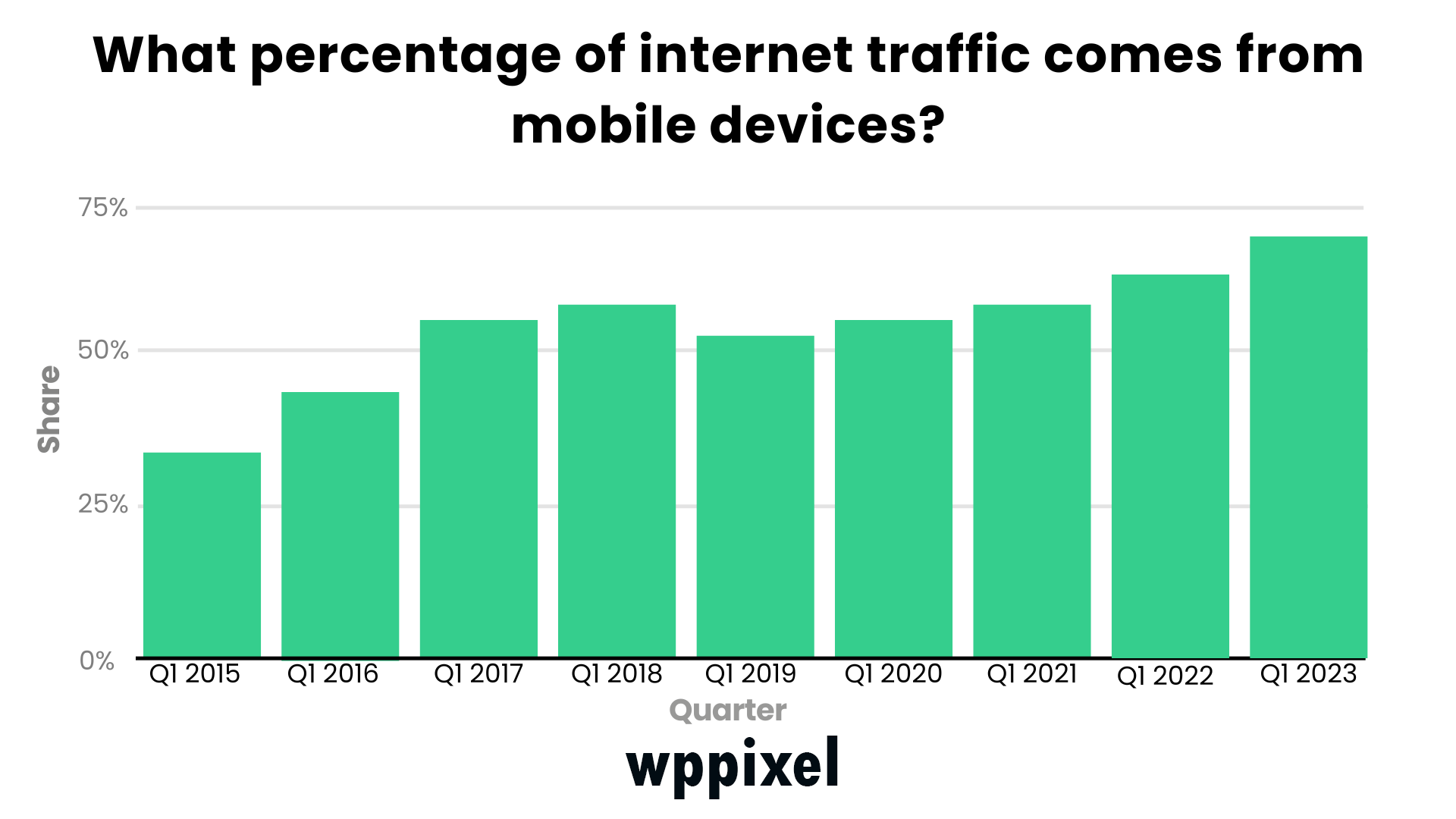
A mobile-first design approach ensures that your website delivers an optimal experience for mobile users while maintaining adaptability for larger screens.
Lastly, Search Engine Optimisation should not be considered an add-on service—it's a fundamental component of modern web development.
Professional agencies build SEO considerations into every aspect of the development process, from site structure to technical implementation.
During website development, technical SEO implementation covers meta tags, URL structure, image optimisation, internal linking, Core Web Vitals (a set of Google performance metrics that measure loading speed, interactivity, and visual stability), and schema markup. This helps search engines find and showcase your website with richer content in their results.
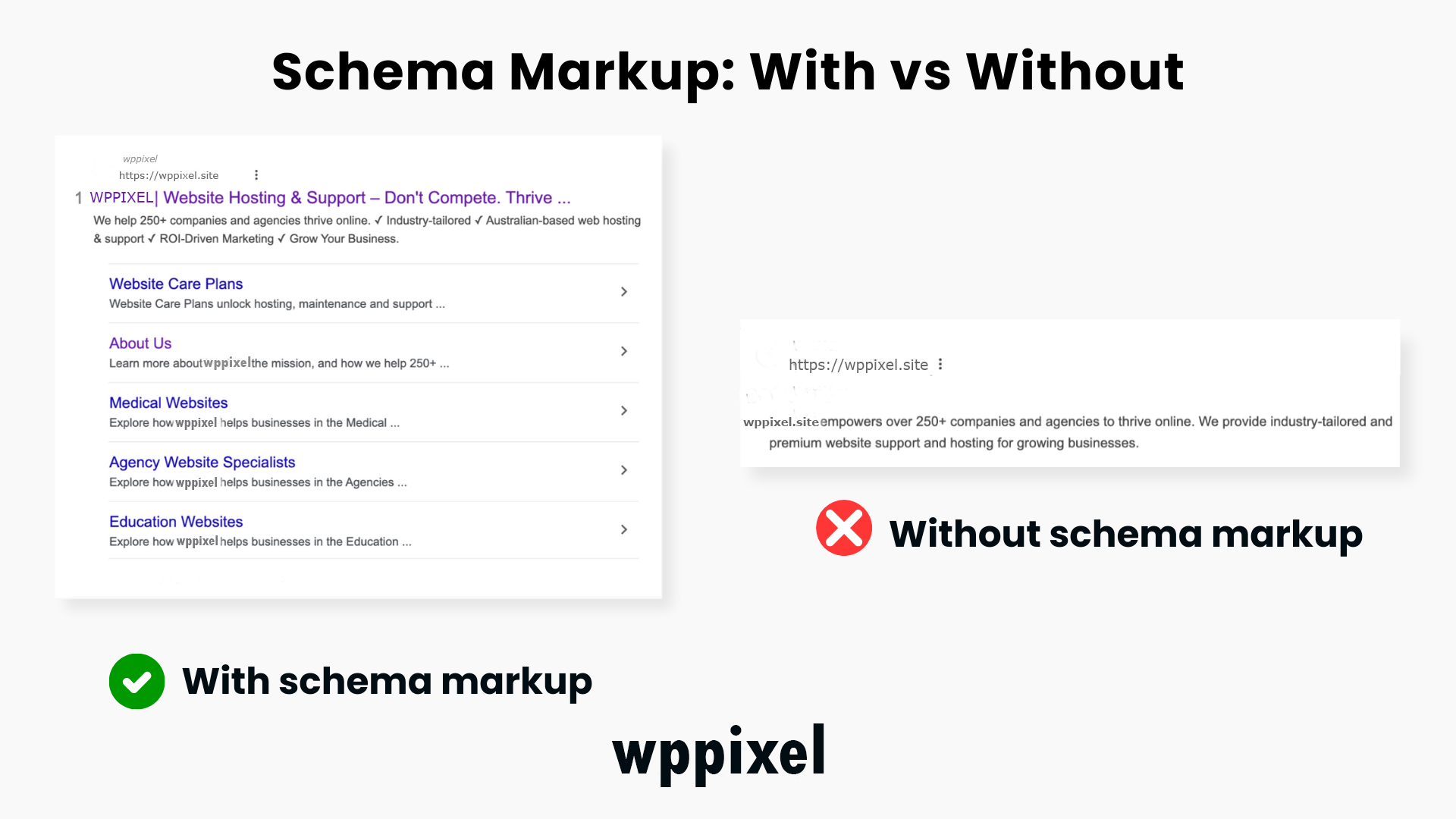
For businesses migrating from existing websites, this phase also includes careful planning to preserve search engine rankings and 301 redirect traffic appropriately.
Ongoing monthly investments in SEO typically cost businesses $500 - $10,000 per month (we cover the ongoing cost of SEO later), and getting this right upfront will increase that return on investment in the long run.
The last step of a new website build includes testing and quality assurance. You don’t want to launch the website to find out that the checkout or contact forms don’t work.
This involves cross-browser compatibility, mobile responsiveness, performance optimisation, security testing, and any pre-launch adjustments. It’s critical to have a staging environment here for visibility and sign-off before it’s live on the open internet.
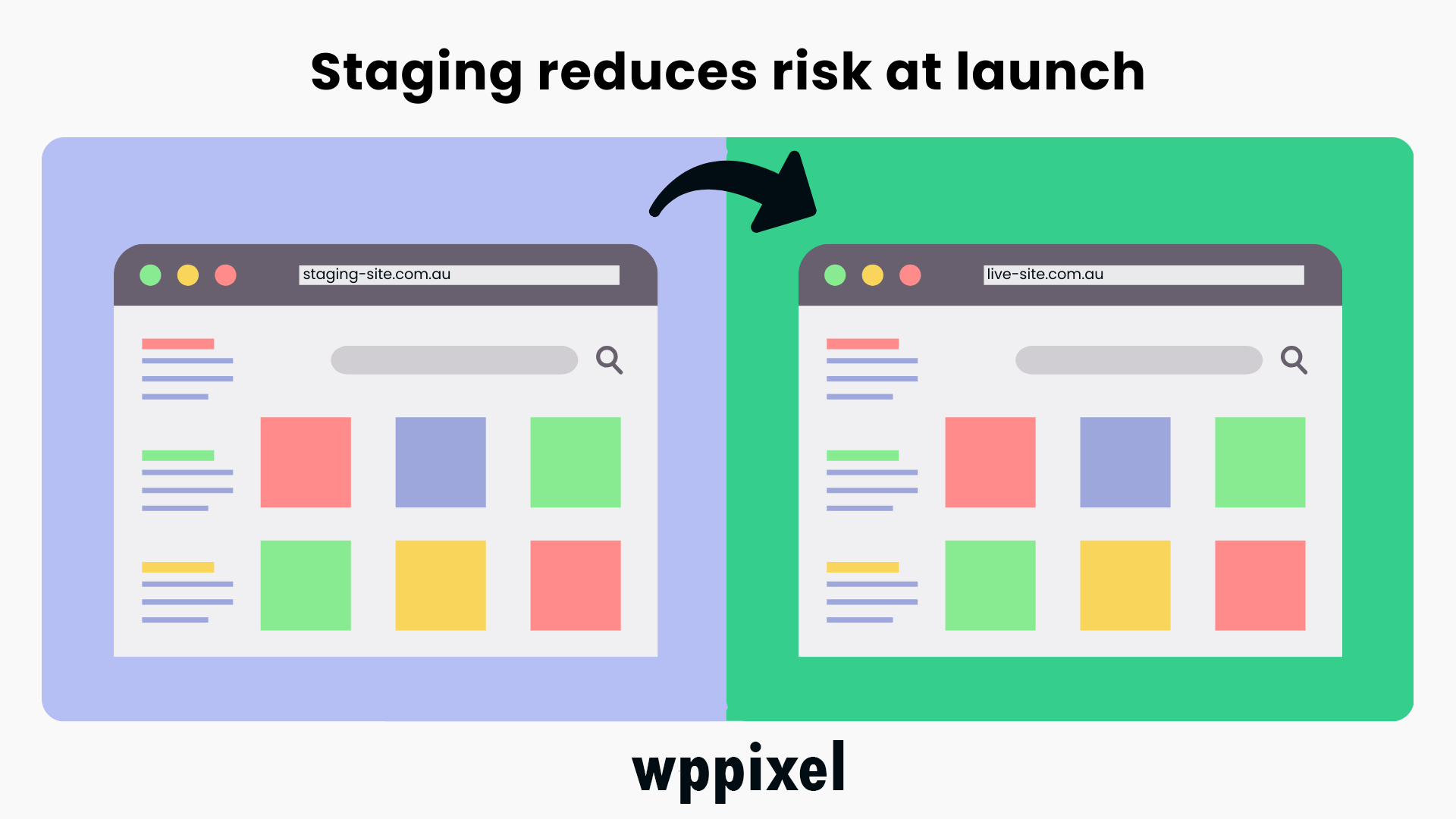
Google PageSpeed Insights can be one of your best friends here as it helps you assess performance across mobile and desktop, measuring factors like load speed, interactivity, and visual stability.
A high PageSpeed score indicates that your website meets modern standards for speed and user experience—critical for getting picked up in search engines and ensuring your website visitors have a great experience.
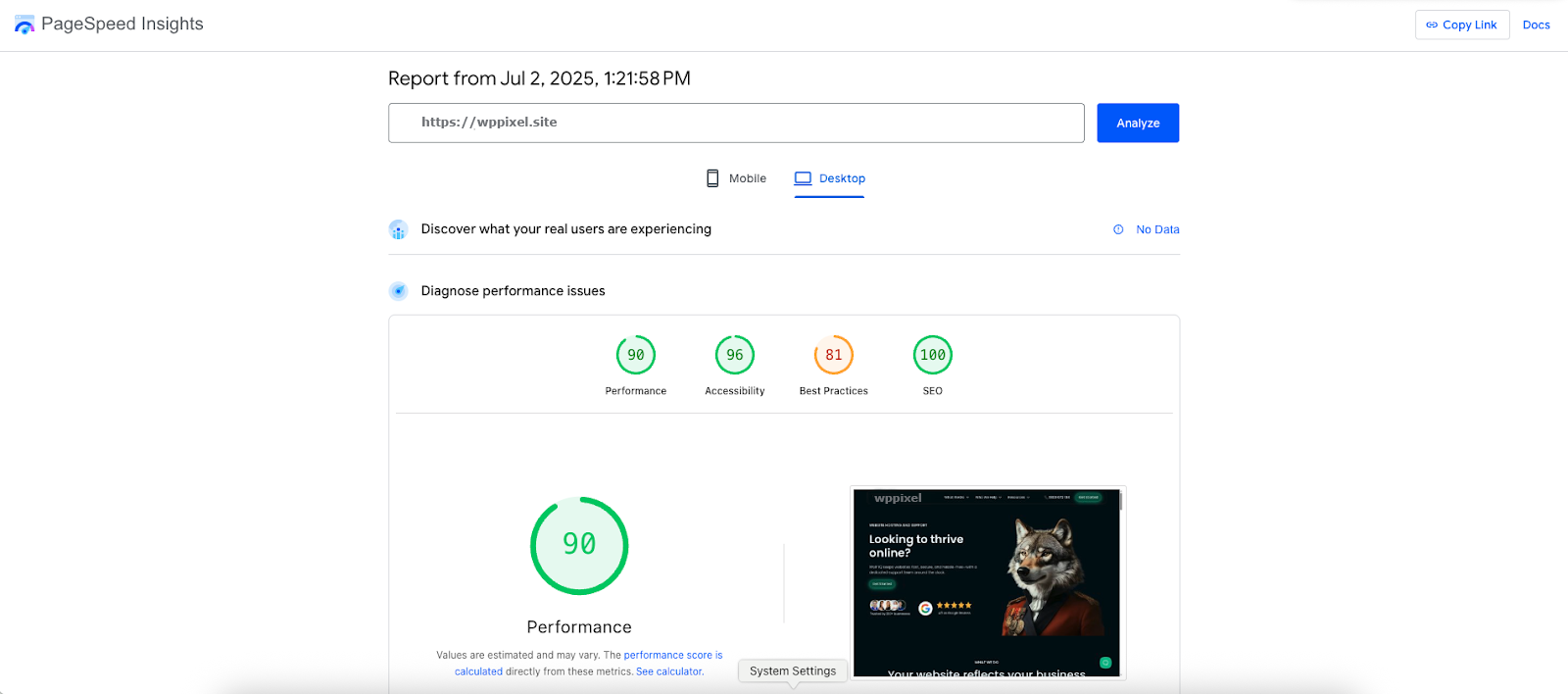
Professional project management typically adds 10-15% to total project costs, but dramatically reduces the risk of delays, miscommunication, and budget overruns.
Congratulations - your website is live, here is what is important to understand next.
Beyond the initial development investment, websites require ongoing hosting, maintenance and support to remain secure, performant, and effective.
Here are the costs you should expect.
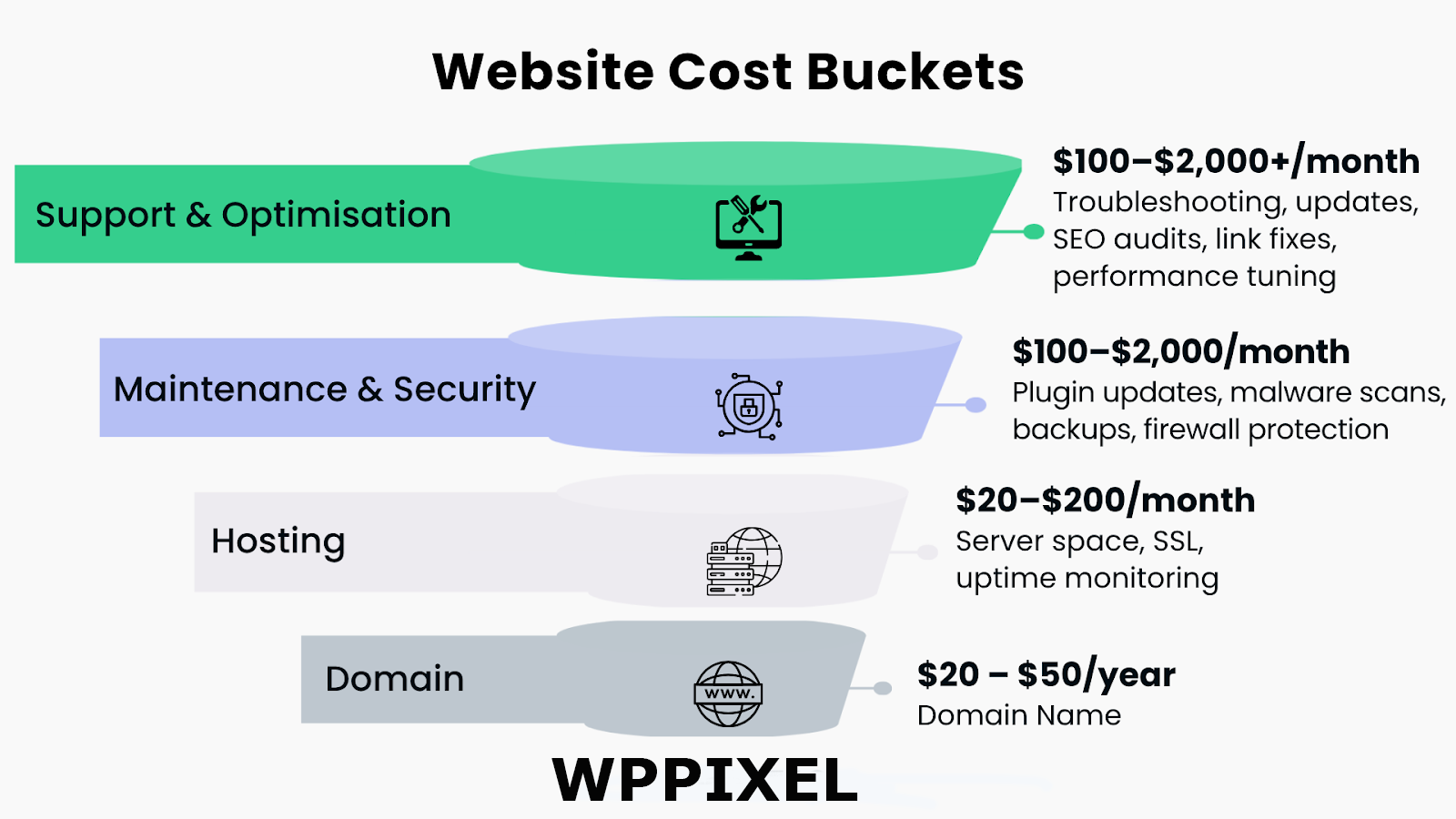
Business owners often confuse domains and hosting.
Australian .com.au domains typically cost $10 - $50 annually for places like Namecheap CrazyDomains, or GoDaddy. More basic providers like Synergy Wholesale or VentraIP offer better pricing and transparency, and are best if working with a local web agency or developer who can manage the technical setup for you, ensuring proper DNS configuration, renewals, and domain ownership under your business name.
It’s also important to avoid using unfamiliar or unvetted sites when checking domain availability, as this can lead to domain squatting. Learn more about this in our guide: Be Careful Where You Check Domain Names
Hosting costs vary dramatically based on your website's requirements. Shared hosting starts around $10 a month but isn't suitable for business-critical websites due to performance and security limitations.
Offshore bargain-bin hosting often catches small business owners attention, only to find slower speeds, weaker support, and security risks that hurt your SEO and user experience.
Professional web hosting typically costs $40 - $200 per month and includes features like SSL certificates, daily backups, security monitoring, and performance optimisation.
Website maintenance encompasses security updates, software patches, content updates, performance monitoring, and backup management.
This is especially important for WordPress, which is the most widely used content management system (CMS) on the internet and powers more than 43% of all websites globally.
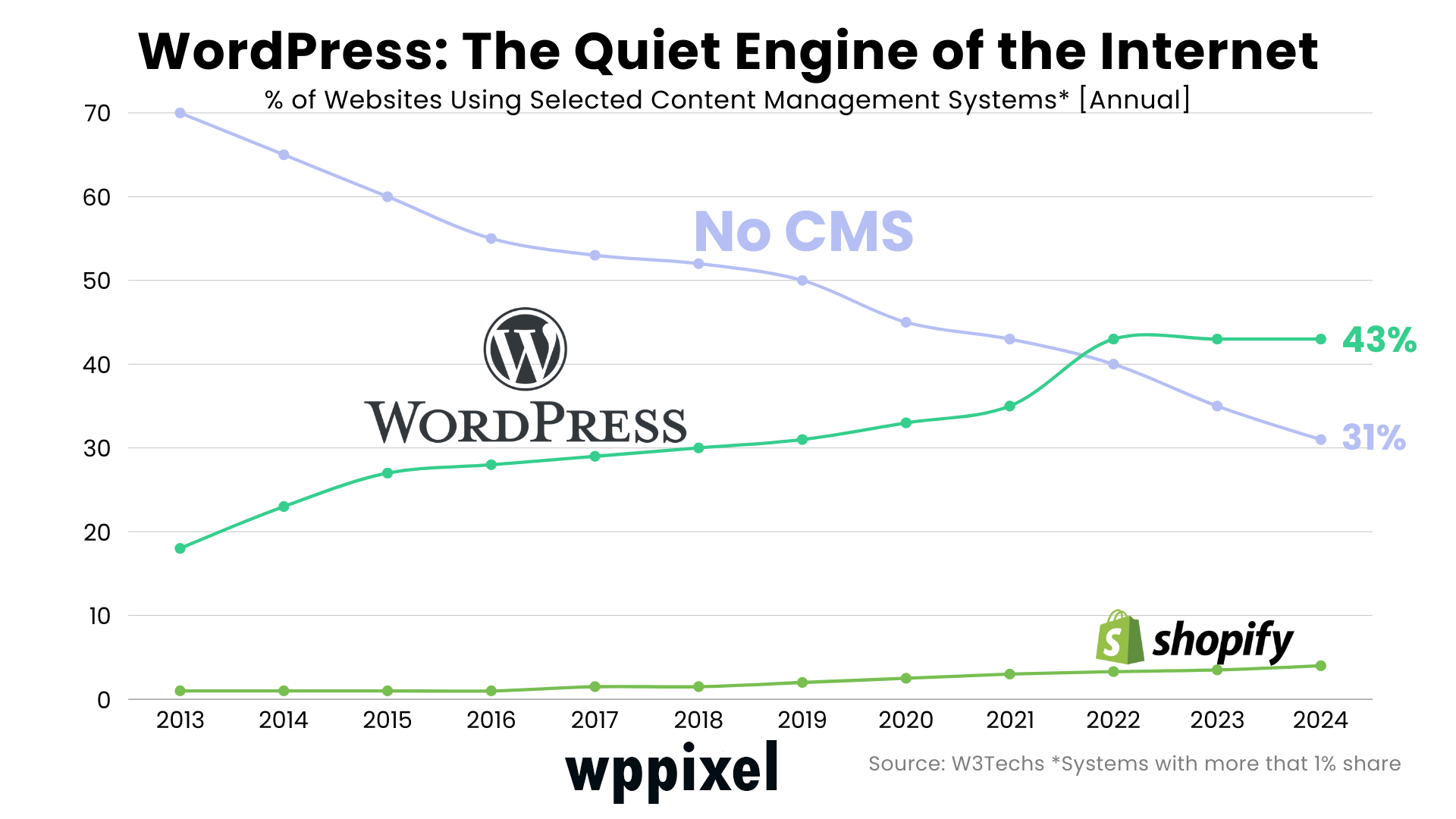
WordPress’ popularity comes from it being open source, flexible and scalable, with a vast ecosystem of plugins that add nearly limitless functionality.
However, this dominance also makes WordPress a prime target for cyber attacks, particularly through vulnerable plugins. Plugins are modular pieces of software that extend your website’s functionality like ecommerce functionality which we spoke about earlier.
Plugin updates are especially important because outdated plugins are one of the most common entry points for hackers.
Updating them regularly helps patch vulnerabilities, prevent compatibility issues, and keep your site running smoothly across browsers and devices.
But it’s not just plugins, professional maintenance plans typically include:
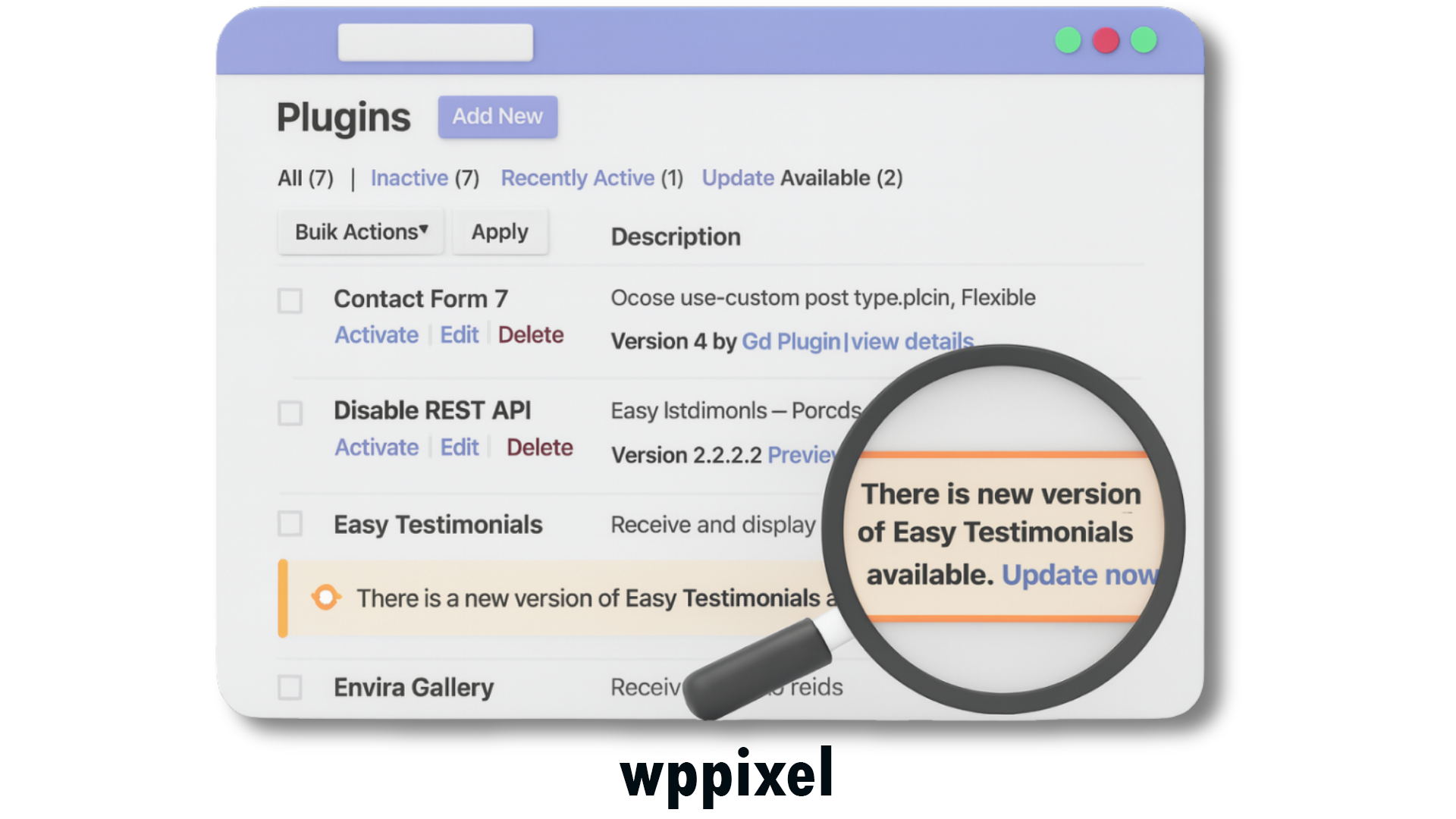
Professional maintenance services typically cost $100 - $2,000 per month depending on the complexity of your website and the level of support required.
Ongoing maintenance and security are what keep your website stable, fast, and protected over time. The cost of prevention is always lower than the cost of recovery from a security breach!
Security is particularly critical for Australian businesses, with cyber attacks becoming increasingly sophisticated and costly. There were 94,000 reports made to law enforcement through ReportCyber in 2023 – around one every 6 minutes.
Not only are they common, the average cost of a cybercrime incident for a small business in Australia was $46,000 (that's just the average!).
Once your website is live, ongoing support is critical to keeping it secure, high-performing, and aligned with your business goals.
Support refers to the continuous, hands-on help you receive after launch, such as adding new blog posts, building additional landing pages, updating team members or service offerings, uploading new portfolio items, fixing bugs, making layout adjustments, or implementing content changes.
It ensures your website evolves alongside your business rather than falling behind.
Support plans typically range from $100 to $2,000+ per month, depending on the level of service, the complexity of the site, and the results you want to achieve.
For example, WP PIXEL works with customers on Website Care Plans - which include hosting (above), maintenance and security (above), and proactive support from our dedicated team of experts.
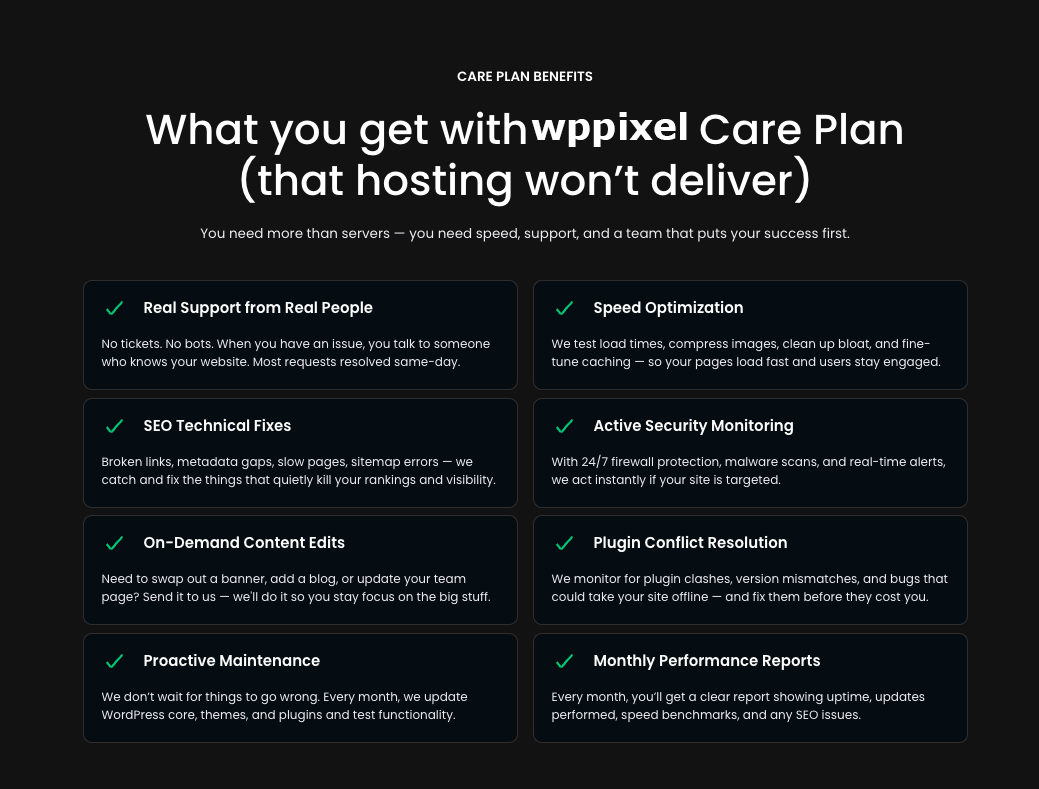
Websites that are actively maintained and supported typically load faster, rank better, and attract more traffic to the website. All of this translates into more revenue for your business.
The key thing to understand is that websites are not static assets - they're dynamic tools that require ongoing optimisation to deliver maximum return.
Businesses that view websites as ‘set and forget’ solutions often see declining performance, while those investing in support and SEO gain compound returns over time.
We break down in detail these ongoing costs, as well as the software subscription you’ll need in Ongoing Website Expenses That Add Up.
Now that you understand what drives website costs, let's explore the different approaches available to Australian businesses.
There are three different approaches to website development, each comes with distinct advantages and limitations.
DIY website builders like Wix Squarespace, and GoDaddy Website Builder offer the lowest upfront costs.
These managed DIY platforms bundle hosting, design tools, and support into a single monthly fee, typically $25 - $80 per month for business plans.
While easy to manage, they offer less customisation and scalability long-term compared to WordPress or professionally built websites.
These $99 Websites can end up costing business owners thousands as they require significant time investment and come with important limitations that many business owners discover too late.
DIY platforms provide template-based designs, drag-and-drop editors, basic hosting, and fundamental features like contact forms and image galleries.
Most platforms also offer mobile-responsive templates and basic SEO tools making the actual costs often beyond the advertised monthly fees.

There are four big limitations of DIY websites.
DIY solutions work best for very small businesses with simple requirements, limited budgets, and owners who have time to learn the platform and manage ongoing updates.
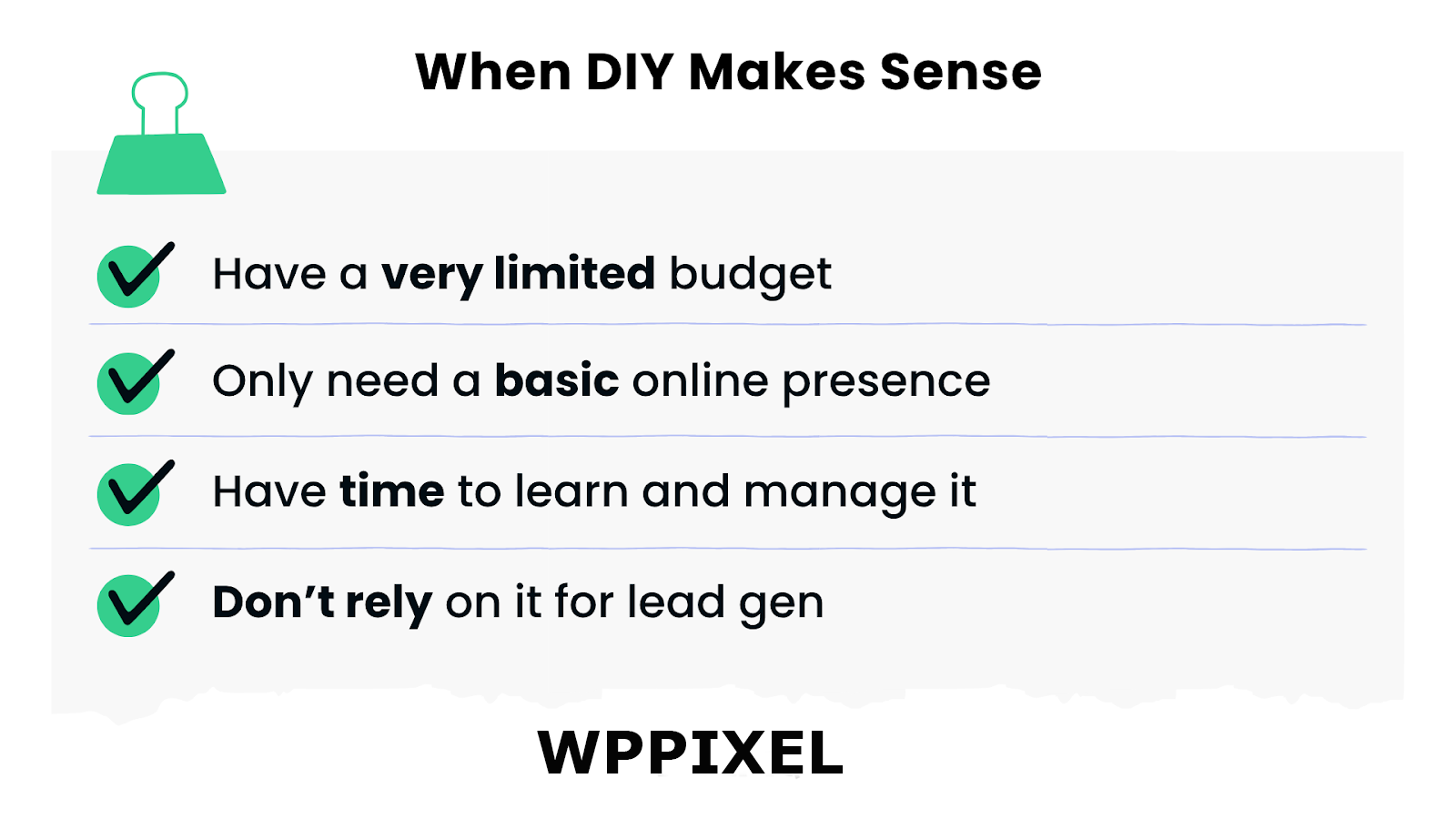
They're particularly suitable for businesses that need a basic online presence while planning for future professional development.
However, businesses in competitive industries or those requiring professional credibility should carefully consider whether the limitations outweigh the cost savings.
Most small business owners don’t realise that your website is often the first serious interaction someone has with your brand. A poorly executed DIY website can damage your professional reputation more than having no website at all.
The freelance and offshore development market offers middle-ground pricing but comes with significant risks that many Australian businesses underestimate.
Australian freelance web developers typically charge $50 - $100 per hour, making them more affordable than agencies while potentially offering more personalised service.
You can find local developers on sites like Airtasker or nearly 3,000 developers on global platforms like Freelancer.com with rates as low at $15 per hour, all willing to help you build a website.

However, freelance work comes with inherent risks.
Individual freelancers may lack the diverse skill sets required for comprehensive web development, including design, development, SEO, and ongoing support. Project timelines often extend beyond initial estimates, and communication can be inconsistent.
Without the right vetting, you can end up being ghosted like thousands of small business owners that relied on an individual freelancer.

Offshore development teams, particularly from countries like India, Pakistan, and Eastern Europe, offer attractive pricing with basic websites starting around $1,000 - $3,000.
Many Australian businesses explore platforms like Fiverr and Freelancer to find offshore or freelance developers.
While these platforms offer low-cost options and wide talent pools, challenges often arise that offset the initial cost savings.
Local market understanding is very important.
For example, a medical practice website built for Australia must comply with AHPRA, the Privacy Act 1988, and WCAG 2.1 standards. So, you'll need a developer who understands these requirements and can implement them correctly.
Successful freelance relationships require clear project specifications, detailed contracts, milestone-based payments, and realistic timeline expectations.
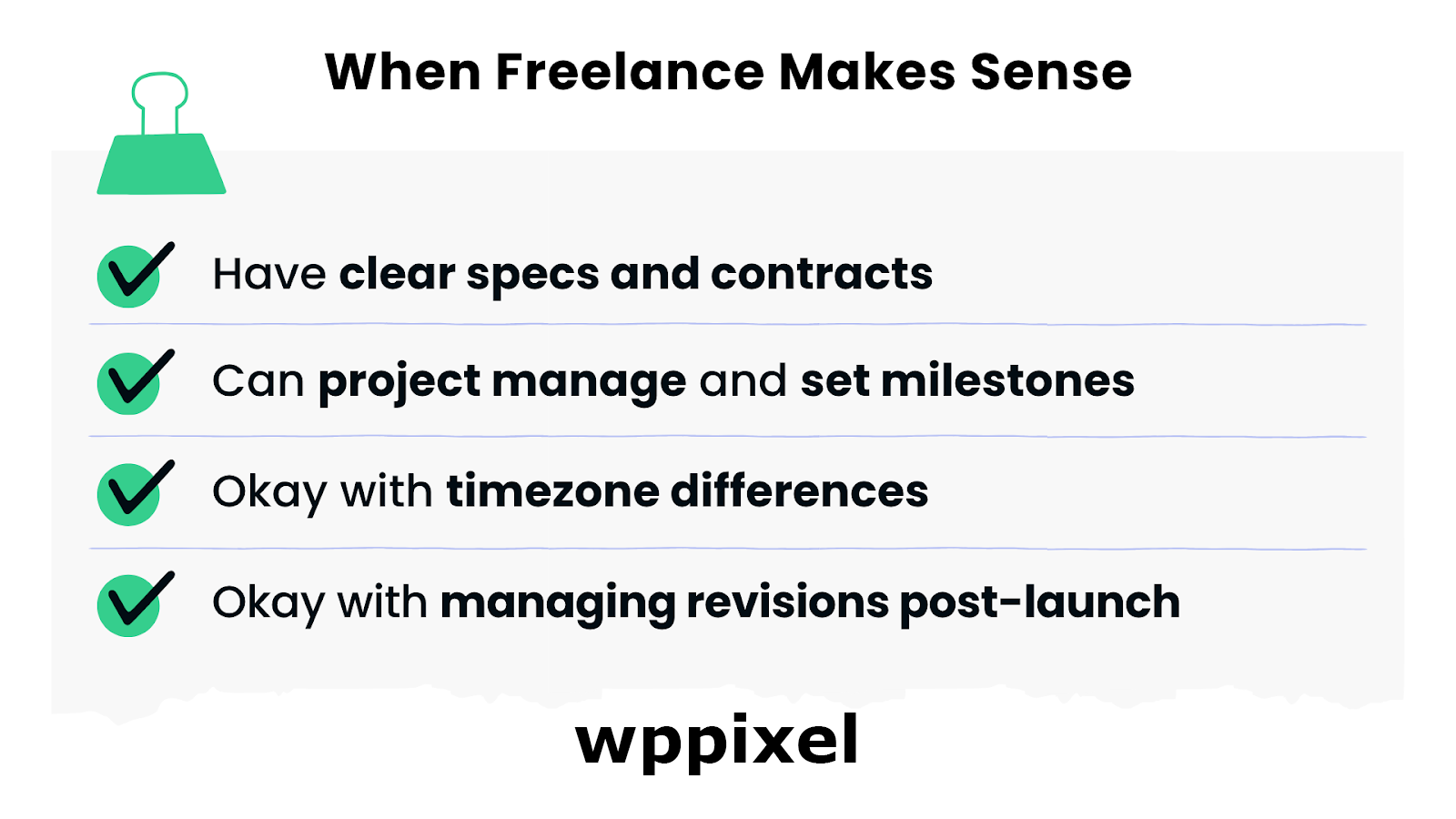
The best outcomes typically occur when businesses have internal technical knowledge to manage the relationship effectively. This means outsourcing pieces of the puzzle, but remaining in full control and awareness of the entire website.
For businesses considering freelance or offshore options, budget an additional 20-30% for potential revisions, delays, and post-launch support from local providers.
Professional Australian web design agencies represent the highest upfront investment but typically deliver the best long-term value for serious businesses.
Web Design companies like WP PIXEL are known for delivering high-performance websites backed by strategic expertise, design excellence, and robust support.
Understanding what drives agency pricing helps you evaluate whether this investment aligns with your business goals.
Professional agency websites typically start around $3,000 for small business sites and can exceed $100,000 for complex eCommerce or custom applications.
This pricing reflects the comprehensive approach agencies take to web development.
The key to evaluating agency investment is understanding the return on investment potential.
A $15,000 website that generates an additional $5,000 per month in revenue pays for itself in three months and continues delivering value for years.
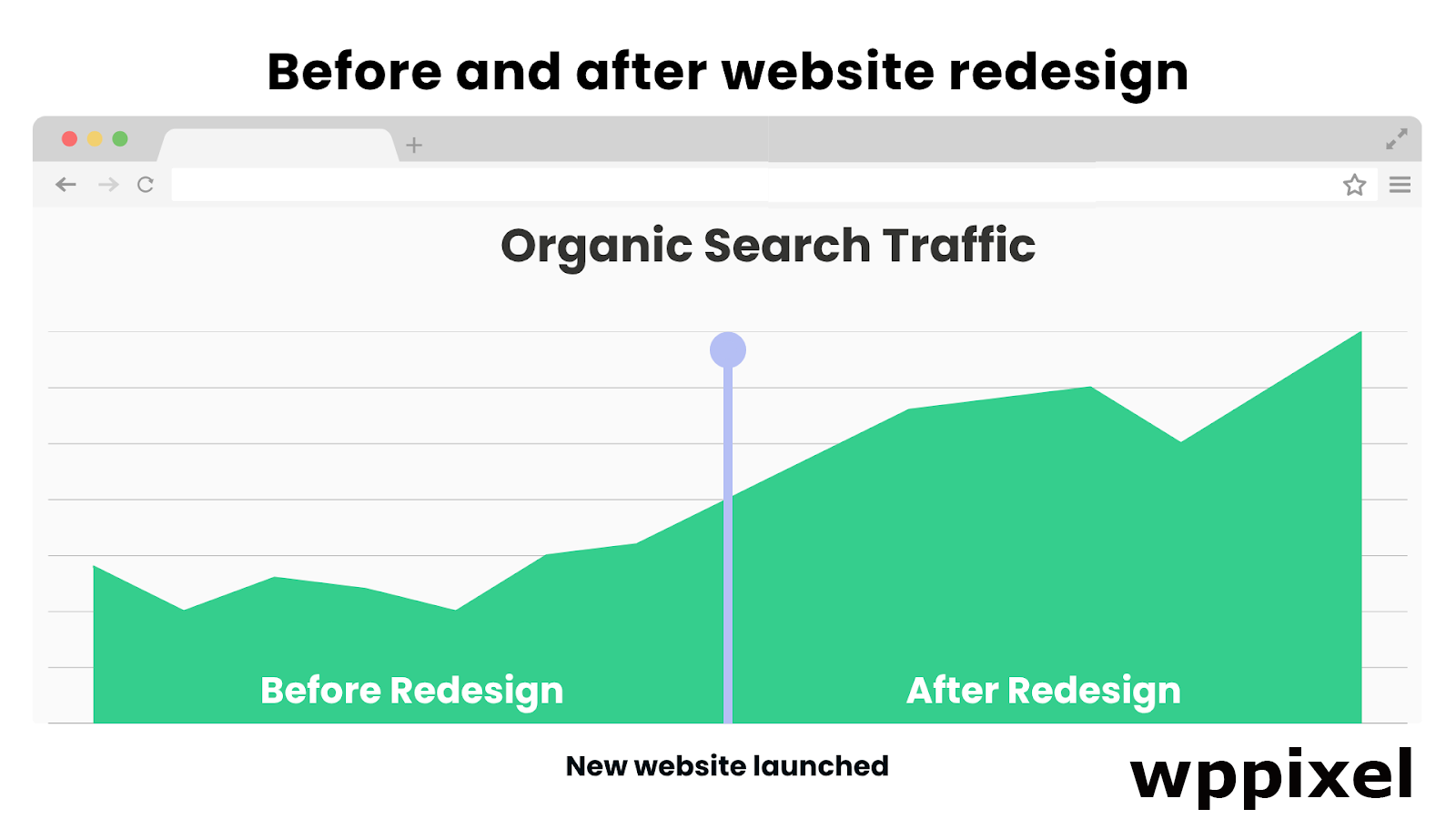
When evaluating agencies, request detailed proposals that break down costs by component, timeline estimates with milestone deliverables, and examples of similar projects with measurable results.
Consider agencies that offer performance guarantees, clear reporting on website effectiveness, and ongoing optimisation services. The best agency relationships extend beyond initial development to become long-term partnerships that support business growth.
Remember, the cheapest agency proposal is rarely the best value, but the most expensive isn't automatically the best choice either.
Web design agencies offer full-service expertise across strategy, design, development, SEO, and ongoing support. They're ideal for businesses with higher stakes, where website performance, scalability, and long-term outcomes are critical.
Agencies are the right choice when your website is a key part of your business growth strategy, and you want to ensure it delivers results from day one. With a clear process, diverse skillsets, and dedicated support, agencies help de-risk your investment and maximise ROI.

The decision between DIY, freelance, and agency approaches should align with your business goals, timeline, budget, and internal capabilities.
Consider these factors:
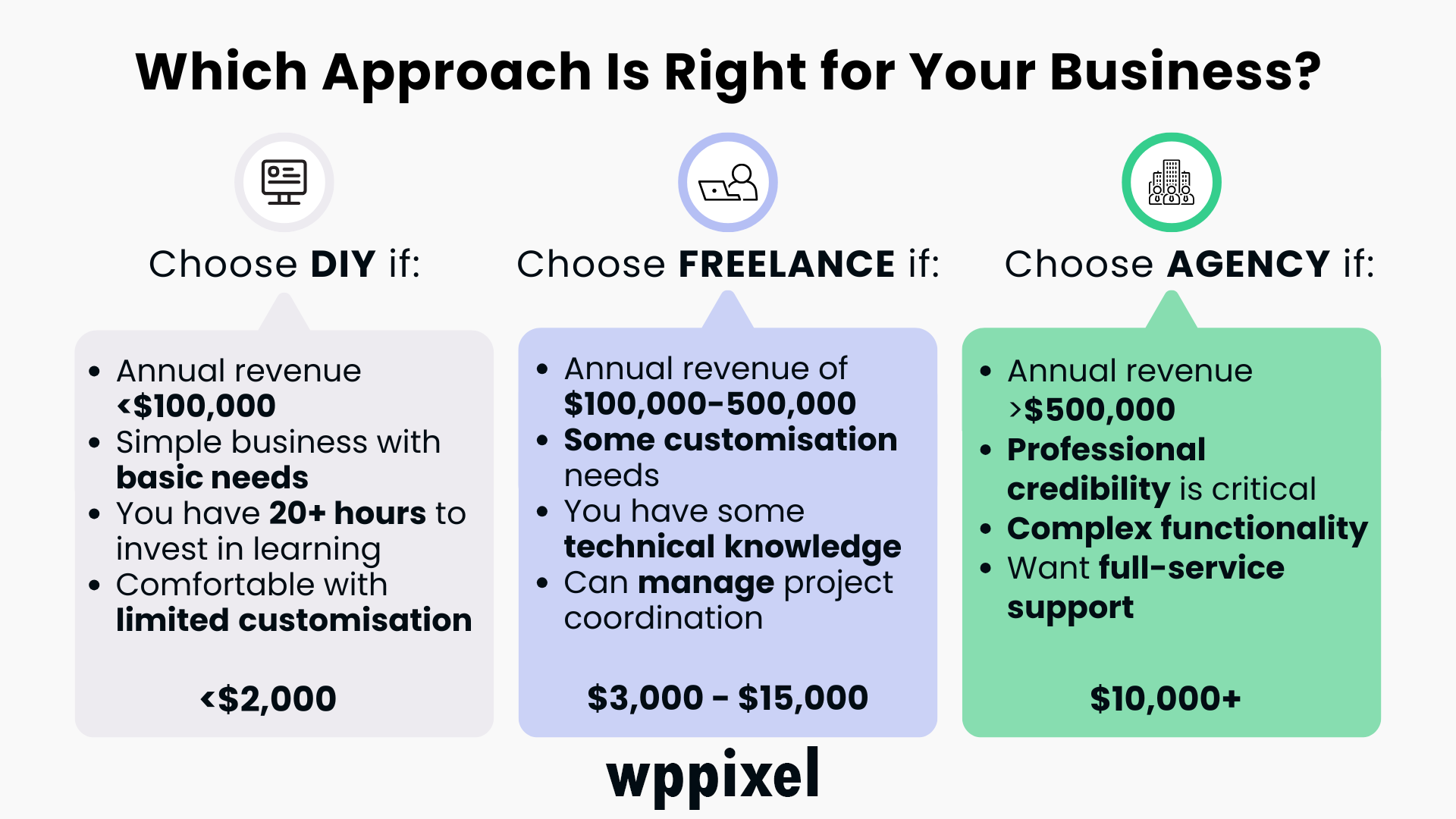
Understanding these approaches helps you make informed decisions, but several key factors will determine your final investment level.
Understanding what drives website pricing helps you make informed decisions about where to invest.
The big factors that drive website development costs are:
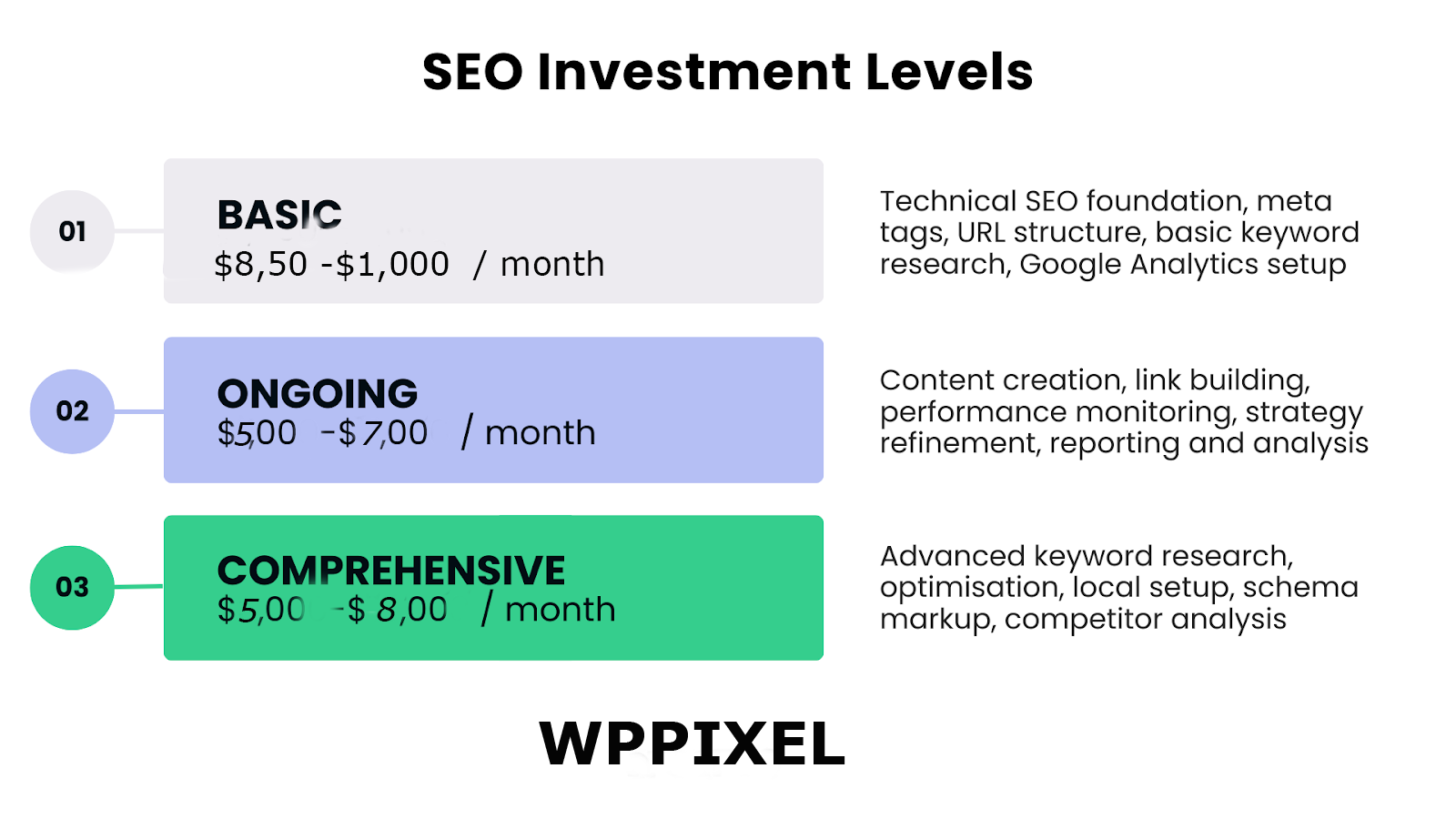
Website size and complexity represent the most significant cost drivers in professional web development. Size isn't just about the number of pages—it's about the depth of functionality, user interactions, and technical requirements.
However, page count alone doesn't determine complexity. A 5-page eCommerce site with 1,000 products requires significantly more development time than a 20-page brochure website.
Modern businesses often require website integration with existing systems, which significantly impacts development complexity and costs.
These are one-off website build costs, but integration also impacts long-term maintenance. We cover those ongoing expenses in more depth later.
Design decisions significantly impact both development time and ongoing effectiveness. Understanding the trade-offs between different design approaches helps you allocate budget appropriately.
Uses pre-designed themes or templates as starting points, customising colours, fonts, images, and basic layouts to match your brand. This approach typically saves 30-50% on design costs but limits uniqueness and flexibility.
There are thousands of professional wordpress templates you can use out of the box.

Template customisation works well for businesses with straightforward requirements and limited budgets. However, template limitations often become apparent as businesses grow and require additional functionality or design modifications.
Custom design represents a significantly larger investment, typically $5,000+ for small business websites, but delivers a unique visual identity that sets you apart from competitors.
Custom design provides unlimited flexibility for brand expression, user experience optimisation, and future modifications. This approach typically delivers better long-term value for businesses planning significant growth or operating in competitive markets.
You also avoid unnecessary ‘bloat’ from templates that include code that you don’t use, and unnecessarily add to the size of the site (meaning slowly load times and high bandwidth costs).
Websites must integrate seamlessly with existing brand identity or help establish new brand presence for emerging businesses.
Advanced website features provide competitive advantages and improved user experiences but require specialised development skills and additional time investment.
Service-based businesses often require sophisticated booking systems that integrate with calendars, send automated confirmations, and handle payment processing.
Modern businesses increasingly provide customers with online account access for improved service delivery and operational efficiency.
Search engine optimisation directly impacts business results and requires ongoing investment throughout the development process.

According to a 2025 survey by Neil Patel, most businesses (51%) spend between $500 and $7,500 per month on SEO. The most common price band was $1,001 – $2,500 per month.

Content and media play a critical role in user engagement and brand credibility, and require ongoing investment throughout the website lifecycle.
Many Australian small business owners experience budget overruns during website projects due to costs that weren't clearly communicated upfront or requirements that emerged during development.
Understanding these potential additional expenses helps you budget accurately and avoid unpleasant surprises.
Scope creep represents the most common cause of website budget overruns, occurring when project requirements expand beyond the original agreement without corresponding budget adjustments.

Phasing bigger website builds is very important and is more efficient to build complexity and customisation on top of it, being a working website.
For example, building a B2B e-commerce platform might be best started with:
The end solution ends up being much better than building to step #4 immediately.

When scope changes are necessary, you should get estimates for additional work including time requirements, cost implications, and timeline adjustments before proceeding to avoid surprises.
More significant scope changes may require formal project amendments or phased implementation approaches.
There are a tonne of free tools like Google Analytics and Microsoft Clarity that can bring a lot of value for business owners and marketing leaders, however serious websites typically have 5 - 20 other subscriptions.
There are six big buckets of ongoing website expenses beyond the initial development investment.
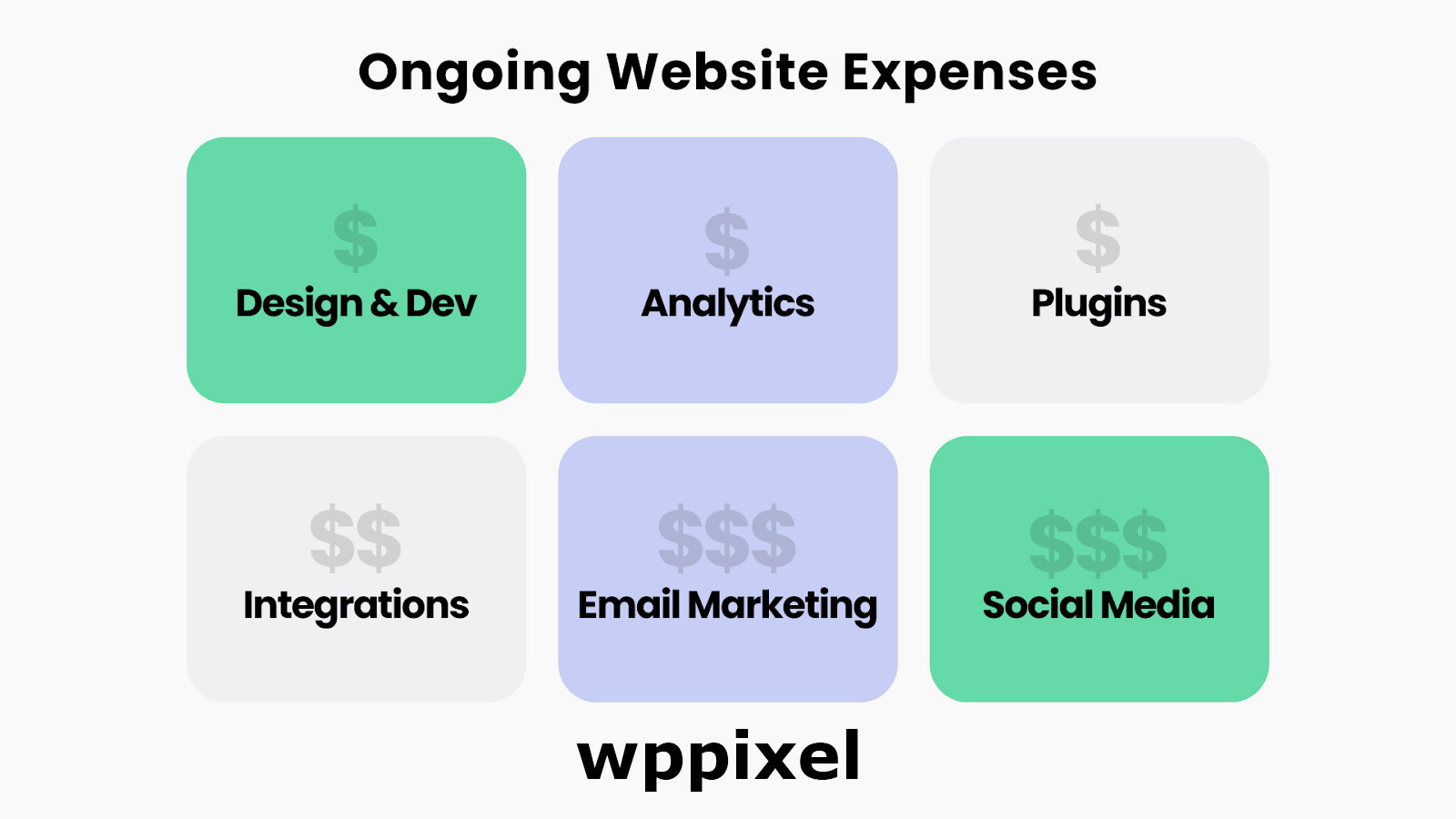
While WordPress offers flexibility and lower upfront licensing costs, these expenses can add up across plugins, hosting, and ongoing maintenance.
Managed DIY platforms like Wix or Webflow bundle many of these into a monthly fee, typically $25 - $80 per month for business plans, making them easier to manage but less customisable long-term.
Many website projects go off track not just from scope creep or hidden costs—but because business owners don’t protect themselves with the right agreements, due diligence, or basic safeguards.
Choosing the wrong provider, signing vague contracts, or failing to secure ownership can leave you exposed to long-term risks that outweigh any short-term savings.
A professionally developed website is a business asset—and should be treated like one. That means ensuring it's protected, avoiding unnecessary risks and carefully considering key decisions.
Well-structured contracts help prevent misunderstandings and protect both parties. Make sure yours includes:
These are common warning signs that a provider may not deliver a professional result:
Protect yourself by doing your homework before signing anything:
The decision to invest in a professional website represents one of the most important investments you can make as a business owner.
Here are the principles we always encourage.
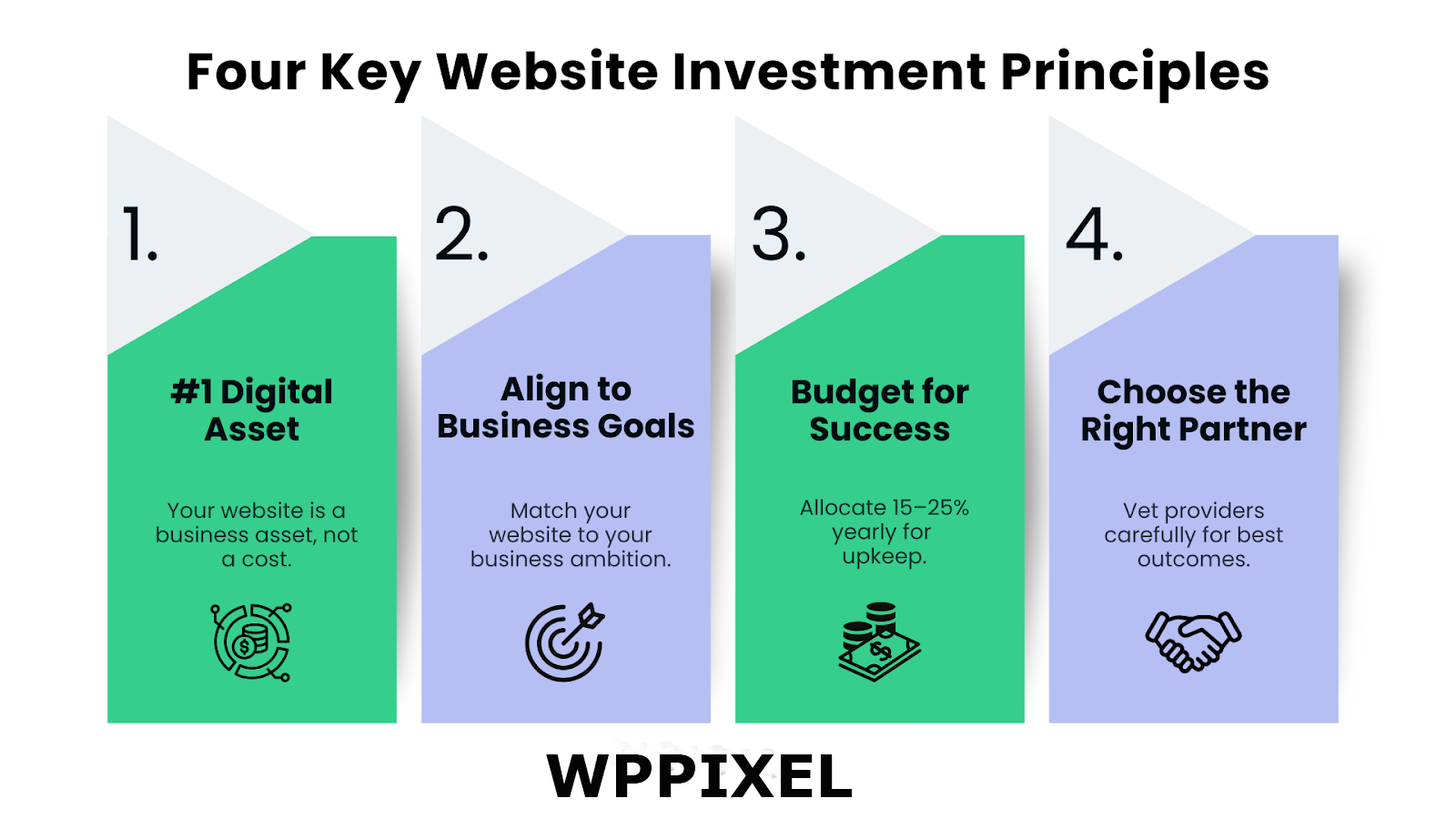
While website investment requires significant upfront costs, the cost of inaction often exceeds the investment required. Remember that 95% of consumers research products and services online before making a decision!
For a business generating $200,000 annually, the potential 25% growth from website investment represents $50,000 in additional revenue. Even a $20,000 website investment pays for itself in less than six months while continuing to generate returns for years to come.
The most successful website projects start with clear goals, a realistic budget, and a commitment to continuous improvement.
Whether you're launching a basic brochure site or investing in advanced eCommerce, the most important move is to get started.
The real question isn’t if you should invest—it’s how soon. In today’s market, standing still means falling behind.
WP PIXEL has built 1,400+ websites. We guarentee to make yours a success.


Can you provide three recent examples of websites similar to our requirements?:
This question helps verify relevant experience and allows you to evaluate the design quality, functionality, and performance of similar projects.
What results have your clients achieved from their websites?:
Professional providers should demonstrate business impact through metrics like increased leads, improved search rankings, or enhanced conversion rates.
Can you provide references from recent clients?:
Speaking directly with recent clients provides insights into communication quality, project management, and post-launch support experiences.
How do you approach mobile optimisation and responsive design?:
This question reveals technical expertise and understanding of modern web development requirements.
What SEO strategies do you implement during development?:
Professional providers should demonstrate comprehensive SEO knowledge, including technical optimisation, content strategy, and performance monitoring.
During website development, technical SEO implementation should cover meta tags, URL structure, image optimisation, internal linking, schema markup, and Core Web Vitals optimisation.
For businesses migrating from existing websites, it’s also important to ask how they plan to preserve your current search engine rankings through proper redirect mapping and content retention.
How do you ensure website security and ongoing maintenance?:
This question reveals an understanding of ongoing website requirements and a commitment to long-term client success.
What is your typical project timeline and what factors might affect it?:
Professional providers should provide realistic timelines with clear milestone definitions and contingency planning for potential delays.
How do you handle project changes and additional requests?:
Understanding change management processes helps avoid scope creep and budget overruns during development.
What ongoing support do you provide after launch?:
Post-launch support is crucial for website success. Providers should clearly define included support and options for ongoing maintenance and updates.
What is a staging environment, and will we have access to it before launch?
A staging environment is a private version of your website used for testing before it goes live. It allows you to preview functionality, review content, and catch issues like broken links, layout problems, or form errors in a safe space—without impacting your real visitors. This environment is essential for ensuring quality and approving the final site before public release.
Who owns the website and source code after completion?:
Intellectual property ownership should be clearly defined to avoid future disputes or limitations on website modifications.
What happens if you're unavailable for ongoing support?:
Business continuity planning ensures you can maintain and update your website even if your original provider becomes unavailable.
Do you provide training for content management and basic updates?:
Empowering your team to manage basic content updates reduces ongoing costs and improves website freshness.
Welcome to WP Pixel
Get a stunning, lightning-fast, and secure website — now at 60% OFF. Perfect for startups and growing businesses!”
